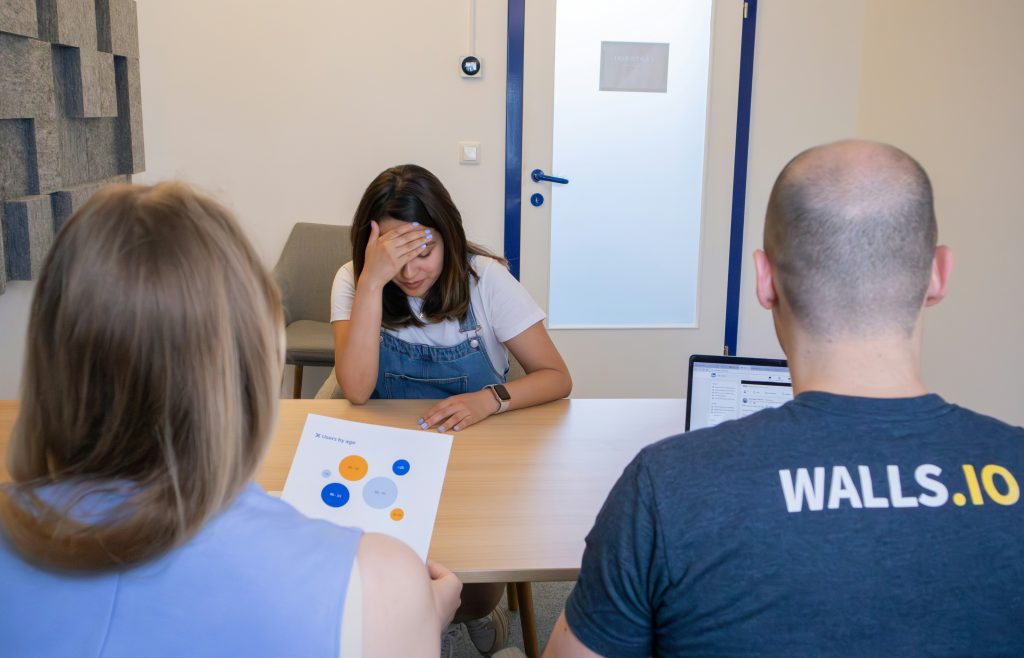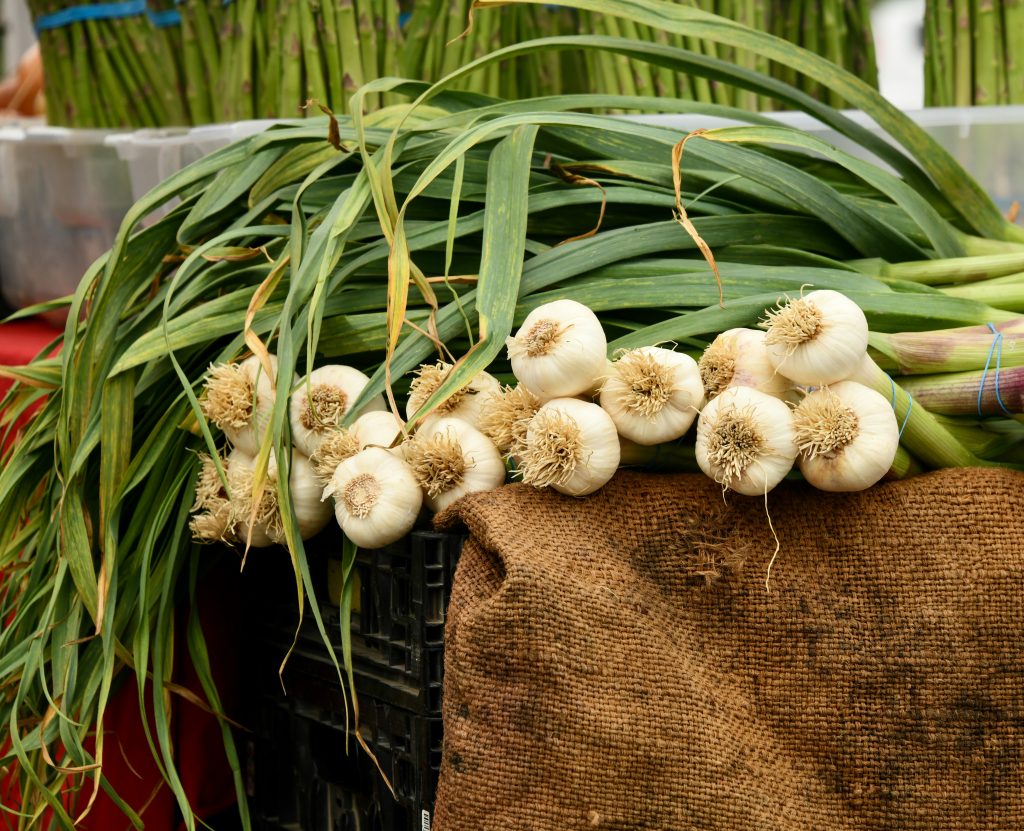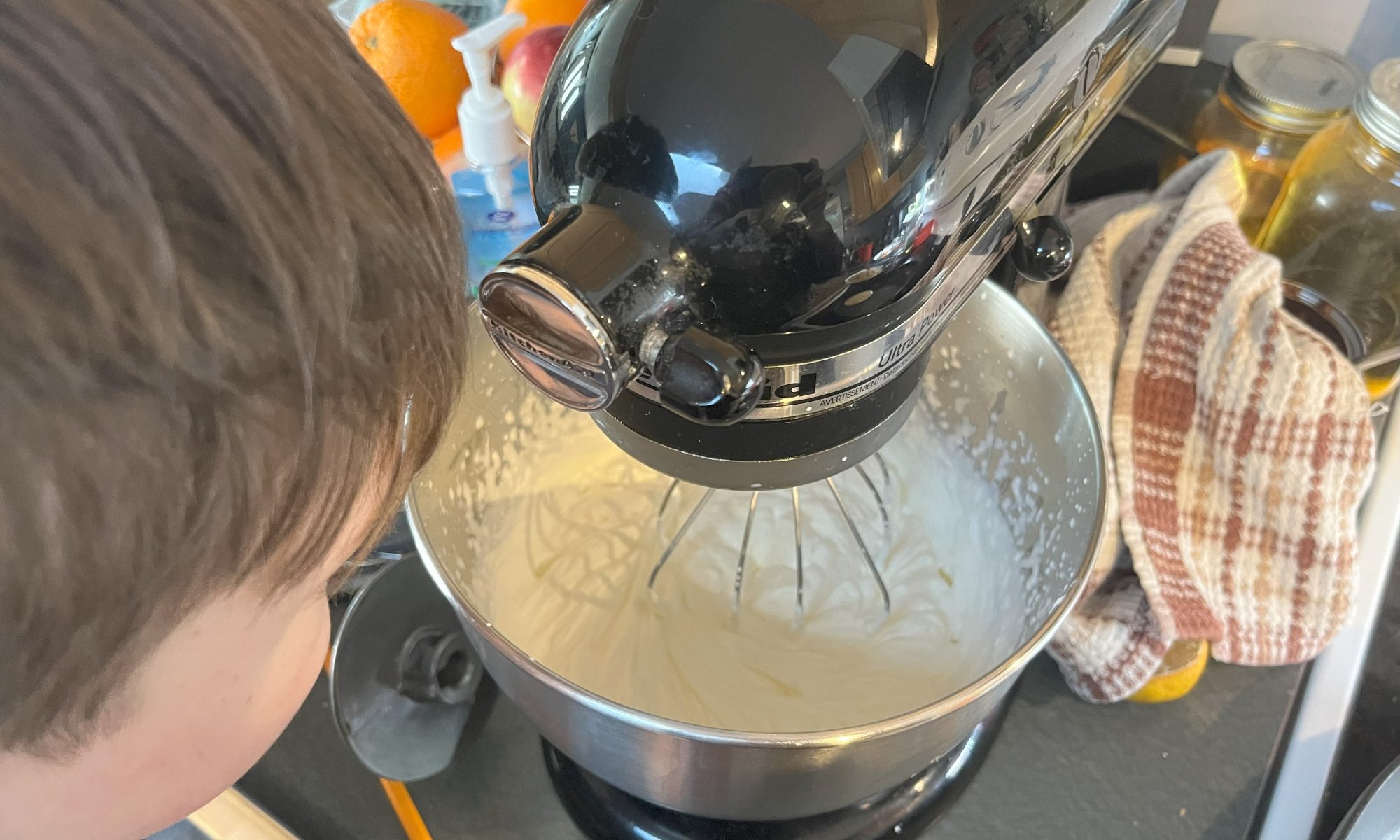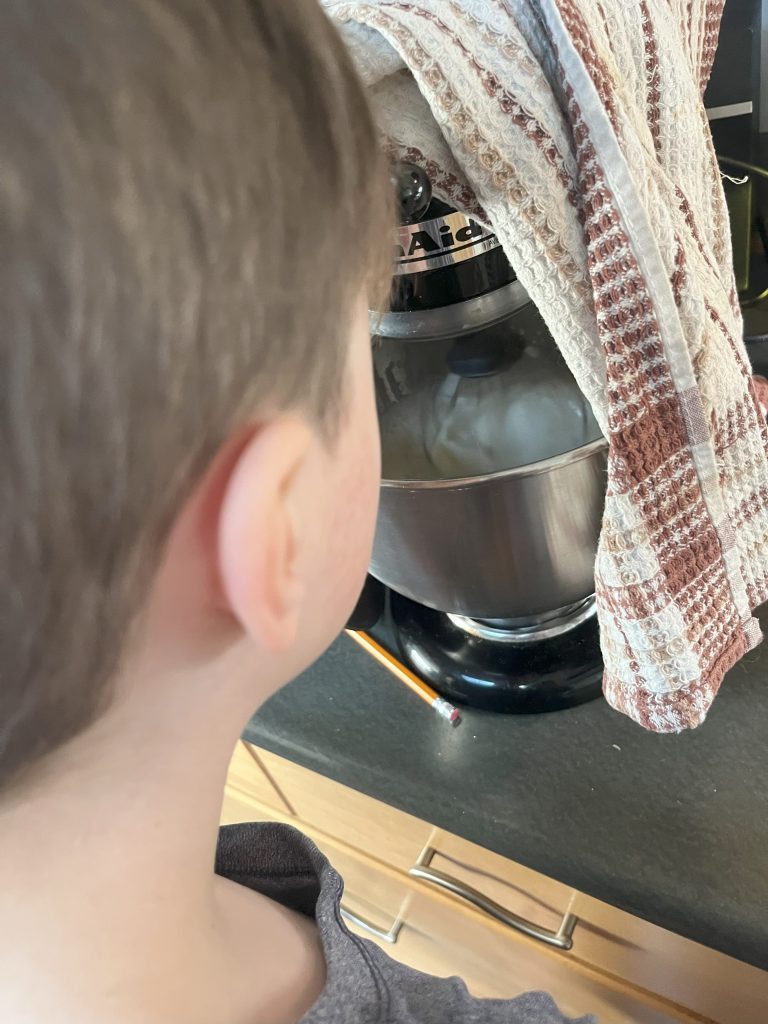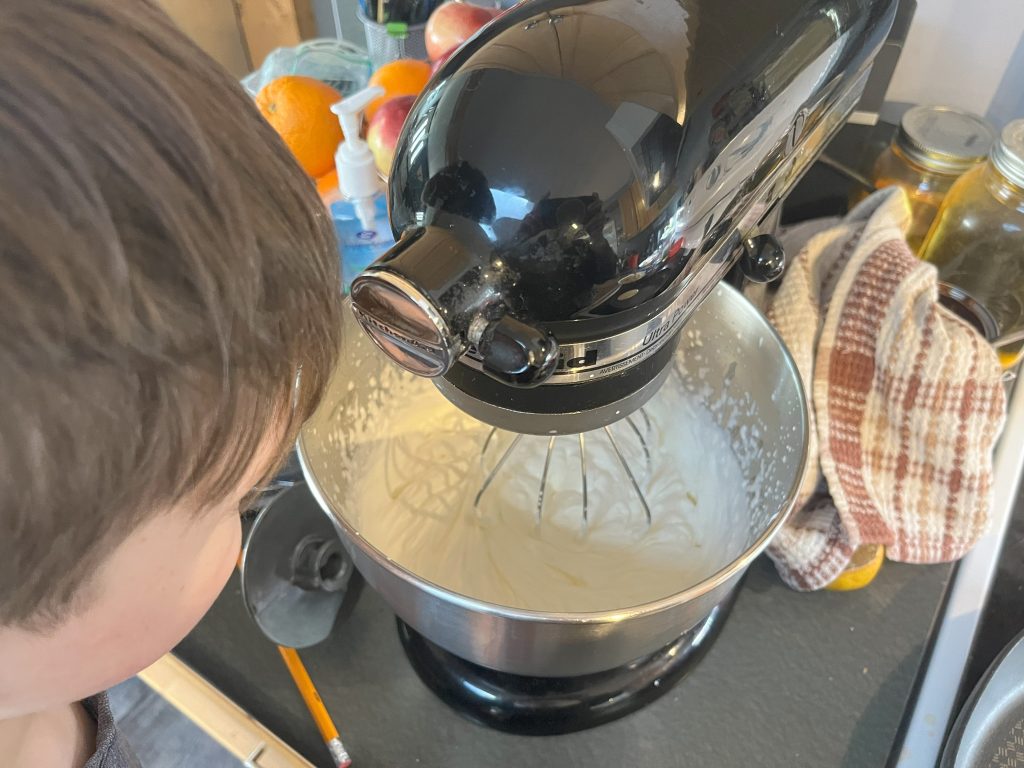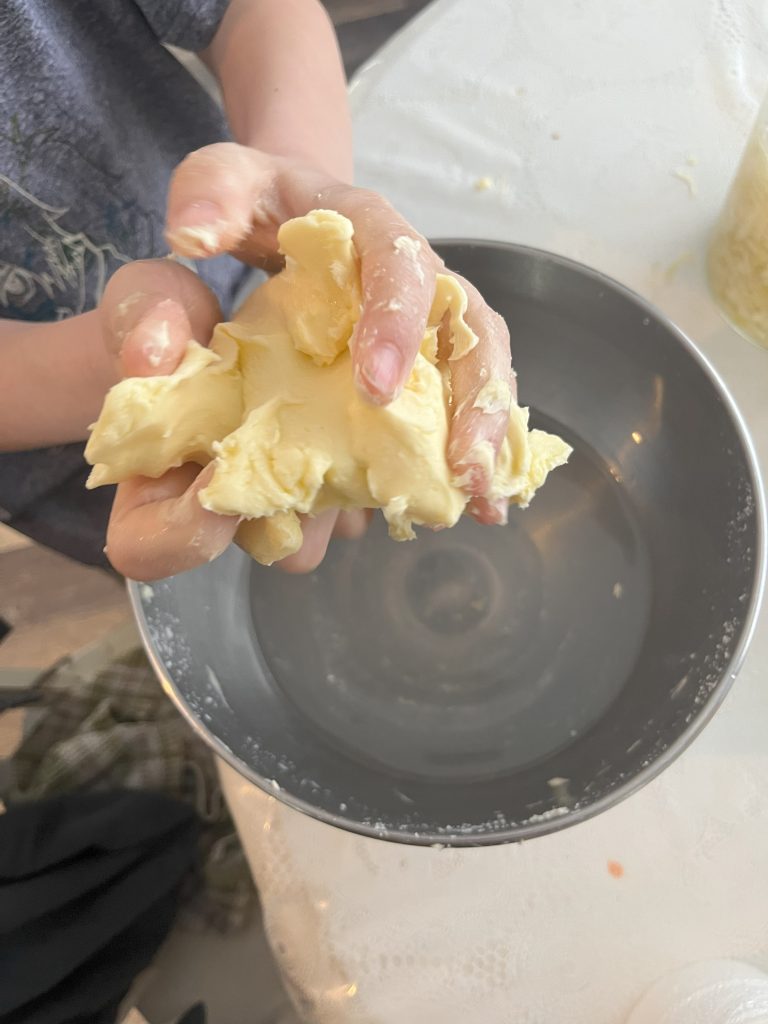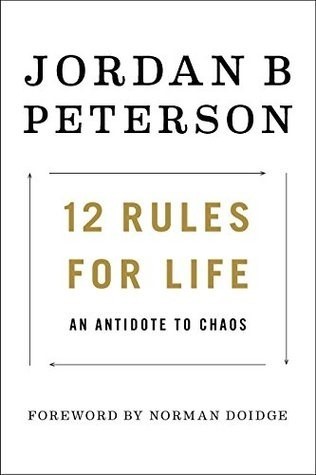
To the tune of: Learn to Swim – Tool
As a thirty-something wife, mother and business owner who isn’t as comfortable with conflict as I’d like to be, I typically abstain from these conversations. I prefer, instead, to hold my tongue until I can get home and throw up on myself. Today, though, things are different.
Last night, my husband came home to find me agitated and expressing my concerns about the political state of a country that has been our home all our lives, a discussion we have had together many times before. The tension around this issue has been rife in my household as it seems that anytime we venture out into public we come home more disillusioned than before. This time, however, my husband didn’t respond to my concerns about the direction that our country is headed in. I talked and he listened, and listened, and listened. But there was no conversation to be had.
There was no conversation to be had, not because he didn’t hear me, not because he didn’t agree, but because he is so tired of being chronically angry at being continuously put down everywhere he looks that he simply told me: “I cannot continue to call-out the wrongdoings of our current cultural situation and still maintain my mental health”.
Let that sink in for a minute.
This beautiful, intelligent, pillar of masculine perfection who served our country for 6 years before settling into civilian life where he works arguably as hard for me and our two boys (and who, BTW, has never been anything but gentle to me), said to me in our kitchen that he just couldn’t any more. My husband is shutting down.
There is no excuse for this kind of mass manipulation of public sentiment against men in a country as educated and democratic as ours. Simply no excuse.
I woke up today to this horrifying new ad by Gillette. Did it show up on my feed because people were outraged? No. Just like always, this vile rhetoric was being celebrated online by so many of my friends, family and colleagues. Women who I have come to respect, mothers raising young boys, all taking time to celebrate this disgusting advertisement for the lie of benevolence it purports to be.
Saying No Thank You to Malevolence
I’m not entertaining this bullshit anymore. Allowing this garbage to continue and saying nothing is tantamount to allowing my children to be malevolently abused by a communist media whose agenda it is to expose men to psychological torment for political gain.
It hearkens back to the ‘good old days’. You know, the not-so-good ones wherein a fascist dictator nearly overtook the entirety of Europe by playing on and inflating the sense of victimhood of his compatriots. The axe that forced a wedge between the Jewish community and the rest of German society. We know better.
Well, we could know better if it wasn’t for identity politics and the communist brainwashing that we’re all forced to hear incessantly from that Trudeau thing. Trudeau would castrate our men himself, if only he had the time. Amidst constant assaults on our ability to sustain our province (and hello! consequently our country), this prime minister has done an incredible job of confusing the issues that first wave feminists worked so hard to achieve – and playing on the legacy resentments of women. What it has turned out is a loud minority of women so consumed by their resentment and victimhood as to justify the institutional dehumanization of men.
I see this widespread degradation as such a horrendous act of intolerance that I can hardly understand how these women manage to overlook the hypocrisy of their position. Hint: if your ideology requires you to demonize and denigrate an entire gender, it’s likely that you’re acting more out of victimhood (regression) than of ‘progressivism’.
No Boys Allowed (unless we have heavy lifting to do…)
We are raising boys in a climate in which they are no longer welcome. Regardless of whether my husband or my children have acted unjustly toward another citizen, they have been (and will be) characterized as if they did. Because we don’t want little boys anymore, and we don’t want men, either. The only safe place to exist in this ‘new’ Canada is in some obscure genderless corner of the LGBTQMNOP community – but if you’re a white male conservative?? Fuhgeddaboudit with a capital FU. This is the overt action of intolerance espoused by the very people who say that they are fighting intolerance. These people would make excellent Catholic priests. (No – it’s okay for me to say this. At least you’d think it’s okay for me to say with the way we have cut Christian words like ‘Christmas’ out of polite vernacular).
This is the same petty rationale used by women to exercise extreme manipulation of their children throughout divorce proceedings just to get a jab-in at Daddo, and the same one used by Trudeau to invoke this concept of ‘wrong speak’. We call-in the government like Big Daddy every time someone is mean to us, and now Big Daddy-Brother is here to stay.
With the torrent of censorship befalling our intellectual institutions, early education programs and infiltrating our communities, it’s a wonder we can even communicate at all. I have now stopped consuming anything that refers to ‘the patriarchy’ or feminism in any way. I don’t ‘do’ victimhood and I don’t do ‘toxic masculinity’ or ‘micro aggressions’. We have lost the ability to talk about people, without talking about the groups in which they belong – without regard to whether it’s right or wrong to make such unbelievable claims. When the rights of the group overtake the right for people to exist individually and to be held individually responsible for their actions and behaviours, we are on the wrong track, friends.
We have become so fucking entitled to our first-world rights, so complacent, that we have now made it okay for the Government to act to regulate, not just our economic infrastructure, but to live in our homes, schools and bedrooms as invited guests to help us decide what kind of person is allowed to exist and how they’re allowed to speak.
Our men have been fighting our wars since the beginning of time, and they have been spiritually and psychologically dismantled as a result of that – many times the result of a UN whim. Yet, instead of thanks, we are demonstrative in our hostility against men at every opportunity.
For as many people that think that talking about a gender this way is okay, it’s a wonder they think they’re safe at all. Call me crazy, but if all men are toxic sociopaths as the left would have you believe – I don’t think that denigrating them in public, in media and in social forums would be the best way to overcome that concern.
Let’s Fight About Equality, Shall We?
We are so in love with our victimhood stories that we seem to actually think that it’s okay to have a government and a societal agenda that is intent on widening the divide between men and women and that this is helpful. I can’t think of a more counterproductive agenda.
Around this time in the article is where I’m supposed to start explaining myself, telling others how ‘I’ve been victimized too’ and how ‘I really am a good feminist’, and I’m not going to do any of that. It doesn’t matter where I come from or how I was raised, wrong is wrong.
We didn’t become ‘the west’ by scapegoating masses of our society and throwing stones at them in advance of their crimes. Consideration for the TRUE value of diversity – diversity of language, thought, perspective and art– is fast being lost. We’ve got ourselves into such a hysterical tantrum that we are comfortable perpetuating this incredibly harmful rhetoric while our fathers, uncles, grandparents and sons become increasingly marginalized and scapegoated for communist social gain.
And if you don’t think it’s communist – think again. A reread of 1984 might do us all some good. Or maybe we could all read such incredible depictions of the horrors of scapegoating and tyranny brought to us courtesy of Aleksandr Solzhenitsyn’s works. But we won’t do that – we can’t stomach it. For us, showing up to shit on masculinity is, at its very core, reasonable – and we don’t have to take responsibility for the damage that it does to ALL of us. It doesn’t take a wizard to know that these kinds of tactics do nothing to move us forward. It’s the energetic equivalent of indiscriminate terrorism, or of cutting off our nose to spite our face.
Breaking Up
I’ve lost many friends in the last few years to an intentional distancing in which I could no longer be around these disgusting conversations. Masculinity being called toxic – what a terrible implication! If we were to call Feminism out for its toxicity there would be an outcry in the streets the likes of which we have never seen. And for a supposed redneck city, Edmonton sure has its leftist politics scattered in every corner of the map. I’d move – but what if it’s worse on the other side of the border? Can Californians still have conversations about conservative notions without risking being labeled transphobic or fascist? I think not. I’ll tell you who’s fascist, Knights of the Leftist Kingdom, and it ain’t me!
I’m ready to lose more friends if I need to, too. Every time I see another friend advocating for censorship of a group or an idea, I take four giant. steps. back. It is my responsibility as a Canadian to distinguish the innocuous from the criminal, in Janice Fiamenco’s words. To call out injustice where there is criminal harm, and to protect the innocent men of my family against the zombie-like totalitarianism of the far left by speaking up for them when I see blanket accusations and harm being done in the name of righteous self-indulgence. Maybe these hateful feminists should practice hearing the other side, practice being offended and growing a back bone – after all y’all offend me every day.
Maybe we could start by modeling to our daughters that indiscriminate labeling of a gender is no more help than blaming every member of the western ‘white’ for the atrocities committed against our first nations communities long before our time. Maybe we could show more love for the incredible currents of strength residing in the men that we love and stop maiming the many for the deeds of the few.
What does the goal of self-loathing in men really accomplish besides lighting the fire of hatred under their feet? Then again, maybe I’m wrong– maybe the real goal isn’t about men at all. Maybe it’s just part of the globalization of communism – the intended proliferation of governments like communist China and Cuba, whom our Prime Minister is so oft to compliment and idealize.
So goodbye to Gillette razors, you won’t be seen in my house anymore after today. And I fully expect to have to educate and re-educate my boys in the social sciences as they age from home, where the communist angle can be squashed around the dinner table like the cockroach that it is. If we truly love our rights and first-world freedoms, we had better start behaving in a way that allows us to maintain them – because right now we are handing over every ounce of our power to stand confidently and autonomously in our Canada – to a man with an agenda who wants to tell you how to speak, how to live and how to earn a living.
If we do nothing about this continuous assault on our freedoms to speak openly about issues that concern us and continue with this petty nonsense, then so-be-it. I’ll see you in the labour camps. Or, we could learn to swim.

